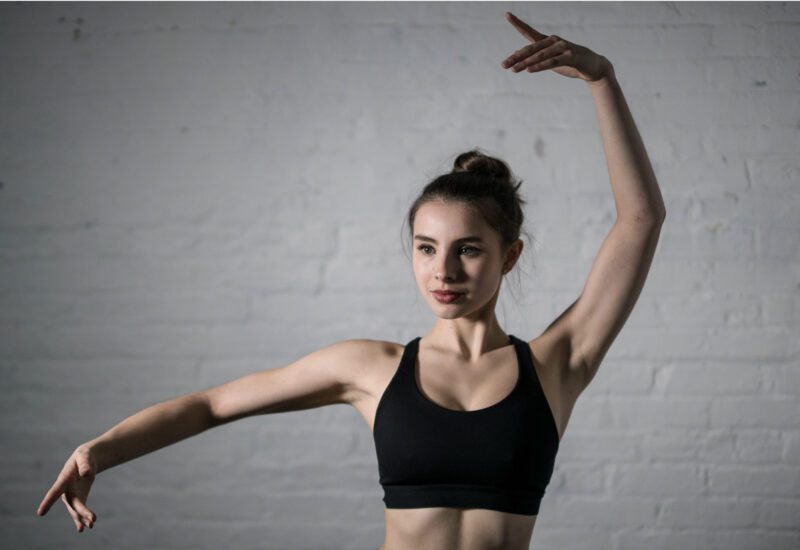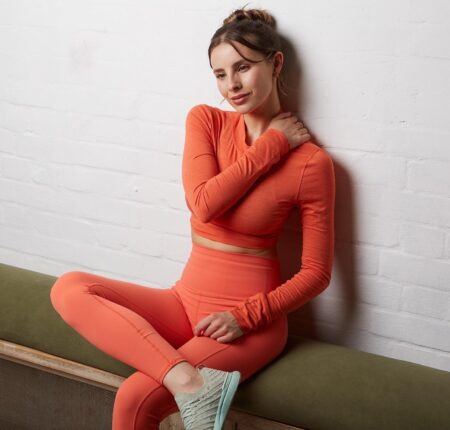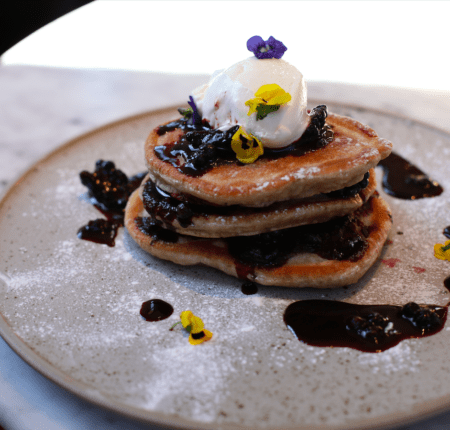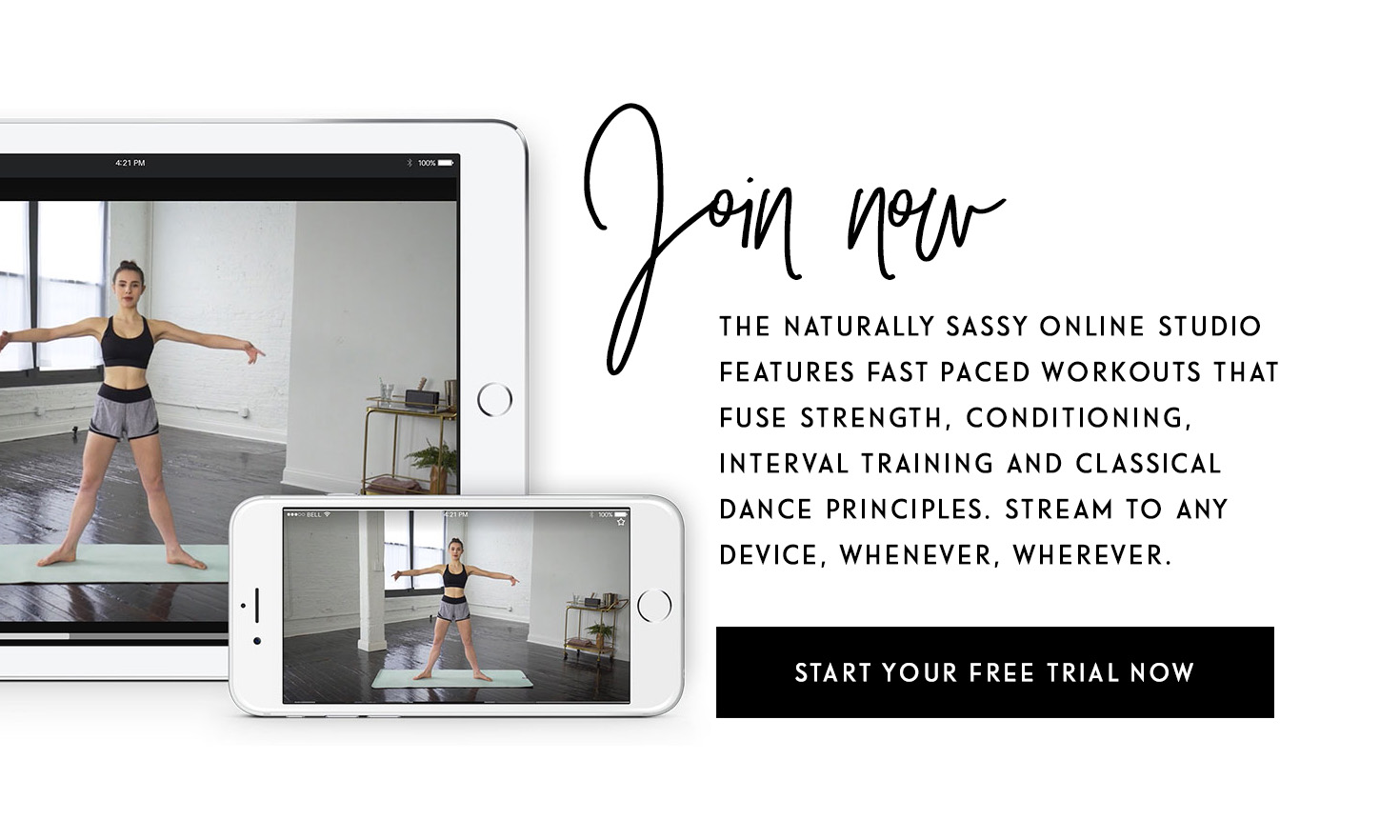I began dancing at the age of three and haven’t looked back since, despite an injury at 18 that ended my ballet career. I had previously worked with some of the best dancers in the industry, travelling back and forth between the UK and Los Angeles. My workout programs are still heavily influenced by ballet, helping my clients build muscle, improve cardio endurance, and boost flexibility. It’s also very fun, elegant, and low impact. That’s why I offer barre fitness to my clients, fusing classical ballet with strength and conditioning work to bring quick physical results. However, many don’t actually know what barre involves, so I’ve put together this simple guide, highlighting the benefits and everything to know before your first session.
What is barre fitness?
Barre fitness incorporates traditional ballet movements with strengthening and stretching exercises commonly performed in pilates and yoga. It’s high intensity but low impact, resulting in a fantastic resistance and cardiovascular workout that blasts fat and boosts your metabolism. You perform the moves while holding onto a barre — a stationary handrail — but if you’re doing a class at home, you can use a table or chair instead.
This form of exercise was, to no surprise, developed by a ballerina and is a whole-body routine focusing on high reps of small range movements. Common barre moves include leg circles and Plié squats, helping you strengthen and tone muscles while also having lots of fun.
The benefits of barre
Physical benefits of barre include an improvement in posture, boost in muscle definition, and increase in flexibility. It strengthens the chest and shoulder muscles to prevent you from slouching, as well as your glutes, hamstrings, and calves. And when combined with a healthy, balanced diet, you should also see better weight loss results if that’s your goal. Check out my recipes if you find yourself stuck for meal inspiration.
As barre involves tiny movements called isometric contractions, which exert tension without actually lengthening or shortening the muscle, you can also increase endurance levels. Many of the exercises target multiple muscle groups at once. For example, working your glutes will tighten your bum, but you’re also strengthening the muscles which stabilise your pelvis, which can alleviate pressure on your back, hips, and knees.
In addition to the physical benefits, I’ve found that barre helps connect your body to your mind too. The small movements bring a new level of awareness you don’t typically get in regular strength workouts. Barre also requires lots of concentration to perform moves correctly, so it’s actually a great exercise for reducing stress levels as negative thoughts will be replaced with a focus on balance and maintaining form.
What to expect from a barre class?
The experience will differ from studio to studio, but generally, a barre exercise class will be a dynamic and invigorating workout guided by a trained instructor. This typically involves a mat-based warm up with planks, push-ups, and arm exercises targeting the biceps, triceps, and chest and back muscles. Then, you will use the ballet barre or alternative support to perform a sequence of moves that keep your core engaged, focusing on the thigh and seat muscles. This will be followed by traditional yoga stretches to cool down, increasing flexibility and muscle recovery. You can also do barre in online classes, such as my own, which can be streamed to any device whenever you want.
Your teacher will always demonstrate each move first and provide helpful encouragement and correct your form. Some barre classes use resistance bands and light hand weights to make the session a little tougher and help build lean muscle, however, this isn’t a strict requirement for the workout.
Is barre good for beginners?
Anyone can participate in a barre exercise class, regardless of fitness levels. It really is suitable for everyone! You don’t need to be a professional dancer nor a regular exerciser, but if you have any worries, you can always talk to your instructor.
What to wear to a barre fitness class?
You want to be comfortable during barre, so I recommend wearing yoga attire, such as leggings, a sports bra, and a tank top. Fitted clothing is the best so that your teacher can see your form properly. You don’t need anything fancy like leotards or ballet shoes. In fact, you can easily do barre barefoot or wear grippy socks to prevent yourself from slipping.
If barre sounds like the exercise for you, you can try it out by signing up for my 14-day free trial which gives you access to my full workout library.







